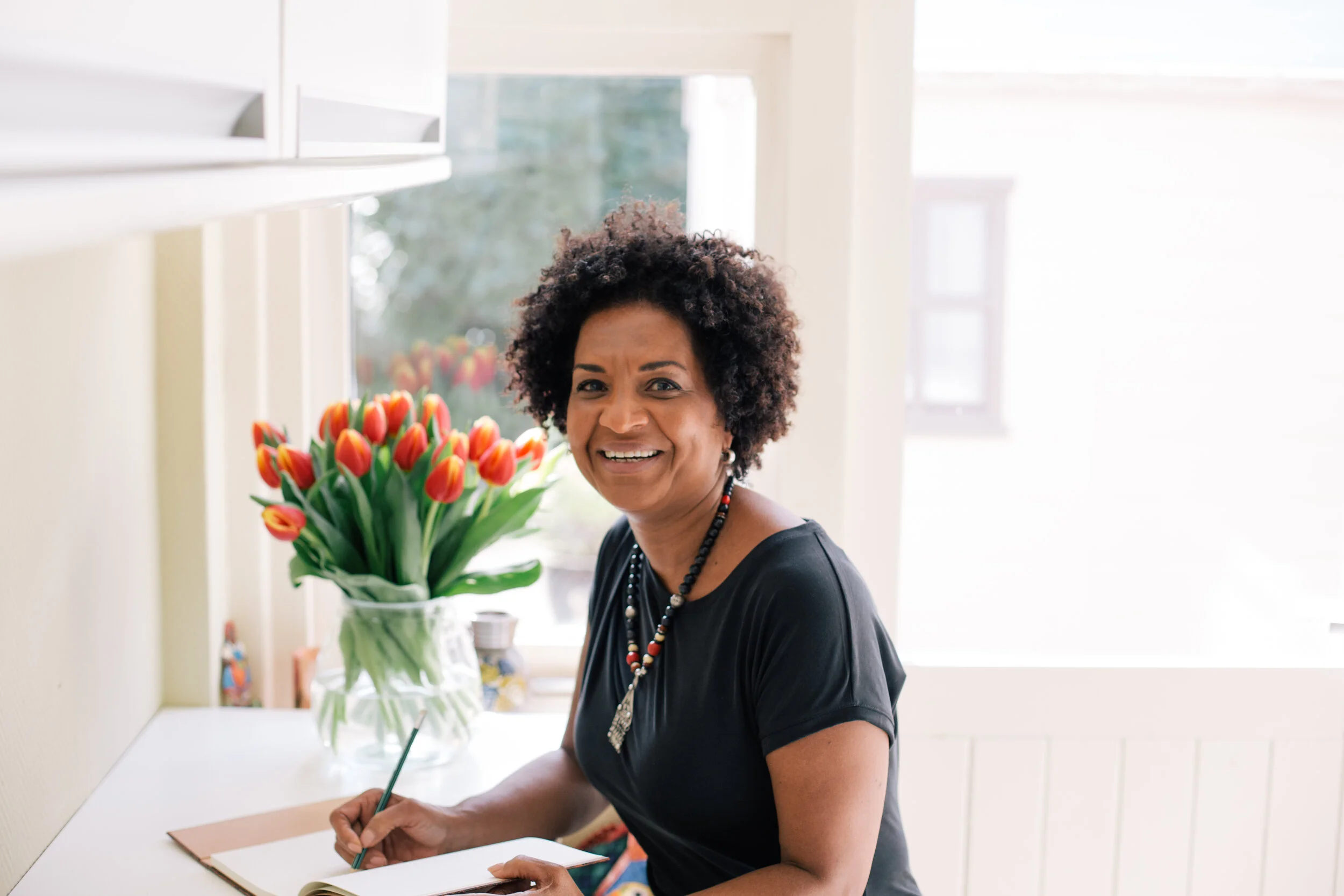What Influences Your Communication?
I first came face to face with Transactional Analysis about 6 years ago at a networking event where Jacqueline van Gent from TA denhaag, gave a short talk about the topic. I remember sitting amongst the audience listening to her talk about ego states and life script and something just clicked into place. What I heard her say made so much sense in my world, and it was there and then that I decided I wanted to learn more about TA.
The Meaning of Communication
People come from different backgrounds and hence use different languages, have different values, display different attitudes and have different perceptions of the world around them. With that in mind it is quite possible that as humans communicate with each other they often run into disagreements, misunderstandings or miscommunications.




